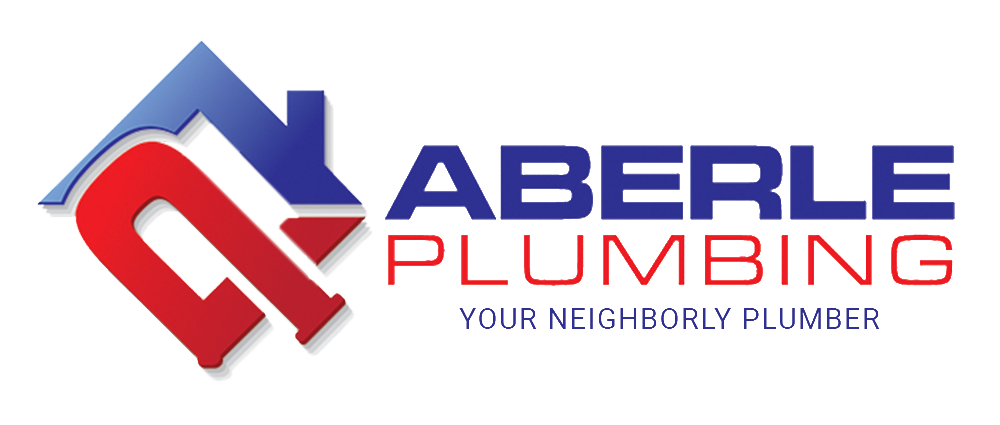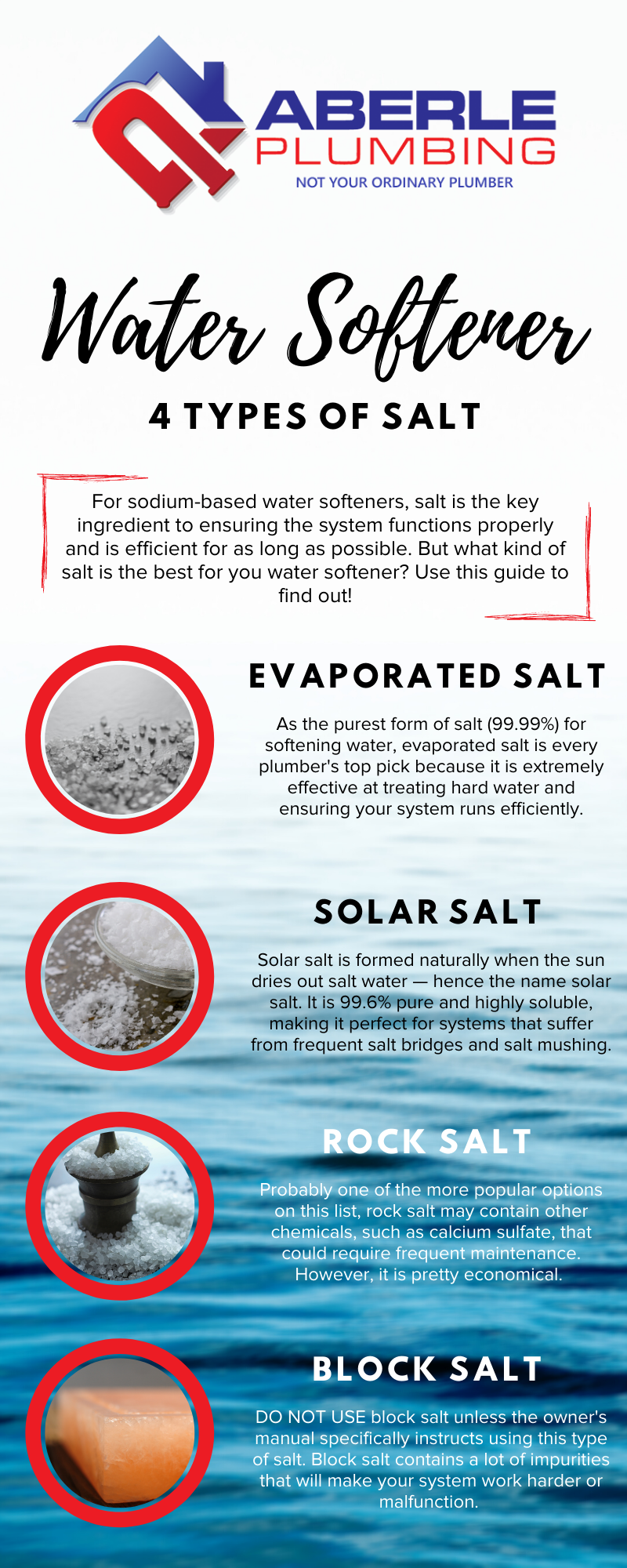
Water Softener Maintenance for Clean Water
What’s better than a glass of cold water on a hot Texas day? Nothing! For this, you have your water softener to thank! Most water softener systems work hard in the background day in and day out to provide clean, fresh water to our homes, and they require very little maintenance. But little does not translate to none.
Follow these simple steps to perform your DIY inspection or contact the Aberle team for water softener repairs in Houston and nearby regions.
Check Salt Levels Every Month
You don’t want to wait until the hard water minerals infiltrate your inner plumbing system to change the salt. It’s good practice to check your water softener’s brine tank every month or month and a half to make sure the salt levels haven’t depleted faster than usual. This is especially important if you live in an area with extremely hard water. Here’s what you should look for during your DIY inspection.
Open up the brine tank and check out the salt quality and water levels. Does the salt look dry? Is the water level lower than normal? These signs indicate that you need to refill the brine tank with salt!
Choose the Right Kind of Salt
Using just any kind of salt won’t be doing your water softener any favors. Most systems are designed to reach peak efficiency when combined with the right salt. So, what kind of salt is best for your water softener? Check the owner’s manual!
Although the owner’s manual will tell you everything you need to know, let’s take a look at the different kinds of salt available.
Inspect Water Softener Periodically
Thankfully, water softeners are pretty low maintenance appliances. However, it’s still necessary to keep an eye out for red flags that signal trouble, such as:
- Salt bridges and salt mushing
- Frequent system regeneration
- Tap water that tastes weird
- Soap not lathering
- Scale buildup in sinks and bathtubs
- Spotty dishes and/or laundry
Clean Salt Bridges and Salt Mushing
Salt bridges and salt mushing refer to salt buildup that sinks to the bottom of the tank and prevents hard water from being treated. The difference between the two is consistency; salt bridges are hard calcium deposits, whereas salt mushing is mud-like calcium deposits. However, they both present problems to your system, so it’s best to eliminate them as soon as possible.
To do so, turn off the water softener and open the bypass valve. Grab a broom and use the stick-end to gently break up the salt fragments. Remove the small chunks of salt from the tank. Once everything is cleared, turn the water softener back on and begin a new regeneration cycle.
Call a Professional!
At the end of the day, nobody expects you to be a water softener expert. If you’re facing a larger issue than you feel qualified to handle, please don’t hesitate to contact Aberle to swiftly repair your water softener in Houston, TX, and the surrounding areas.

